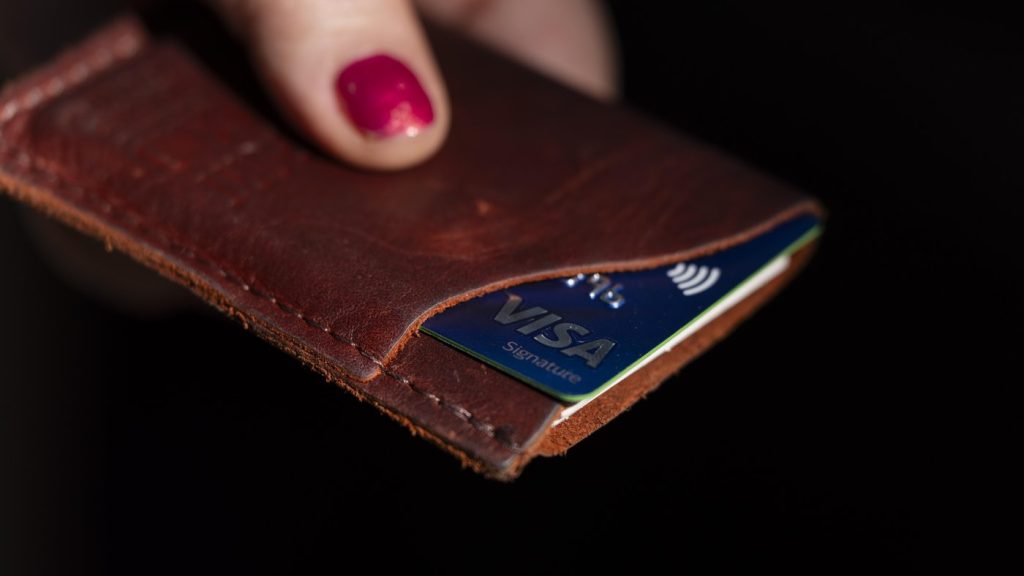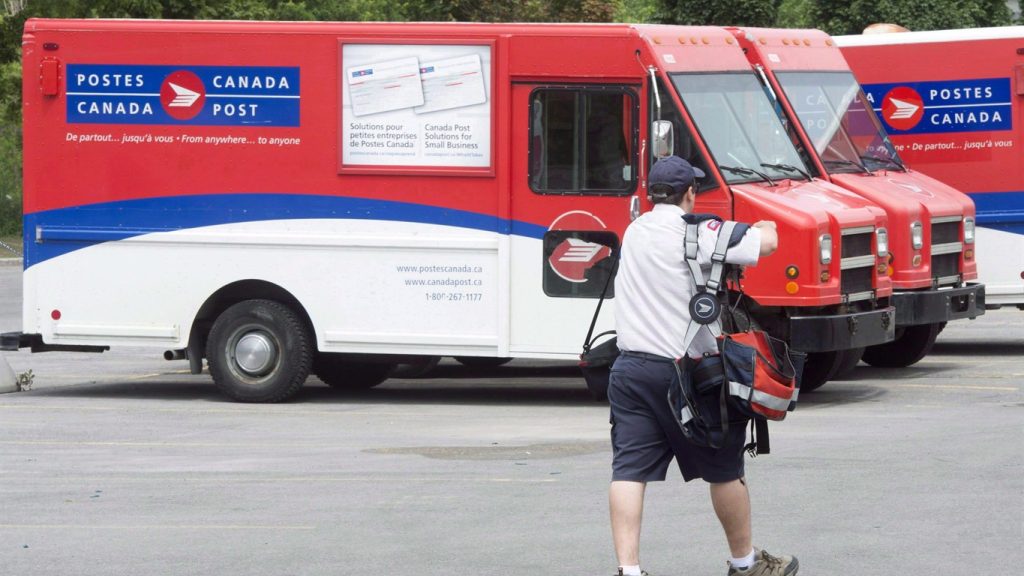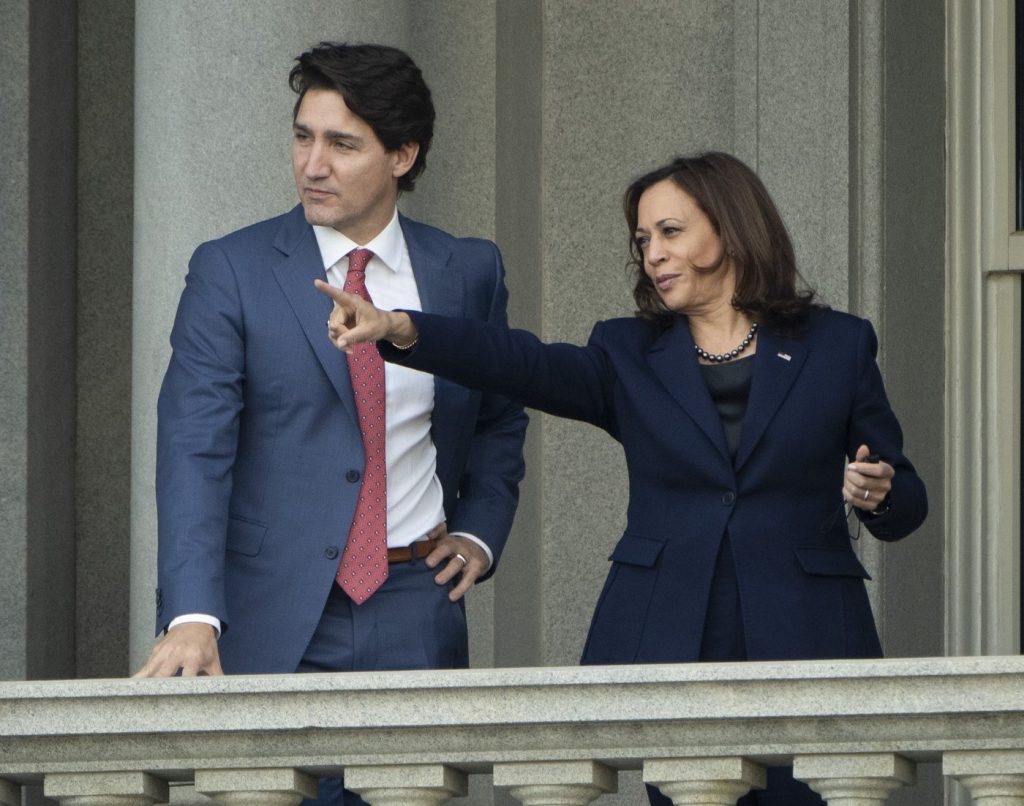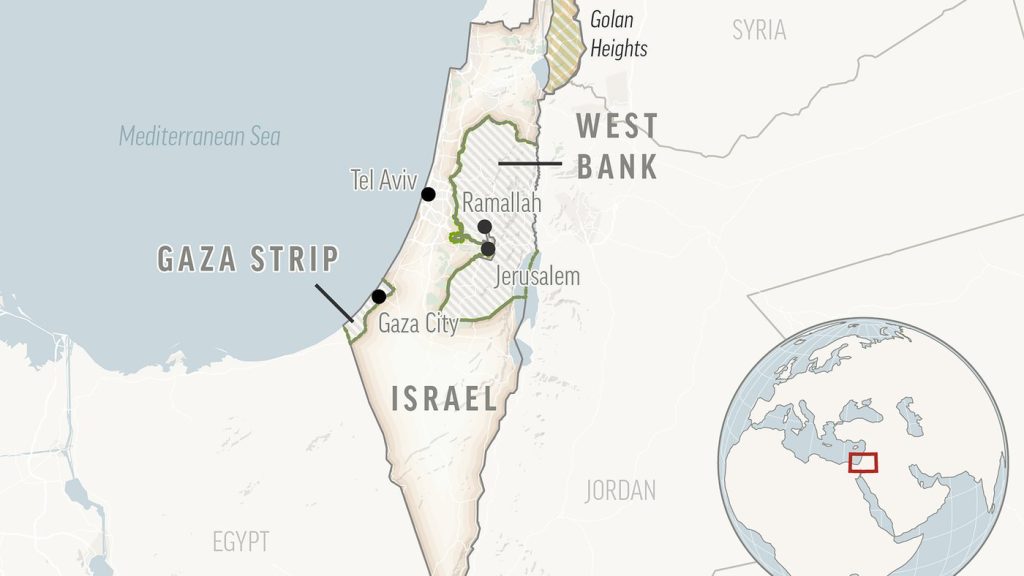Expert says number of police shootings in Canada ‘spectacularly unrelenting’
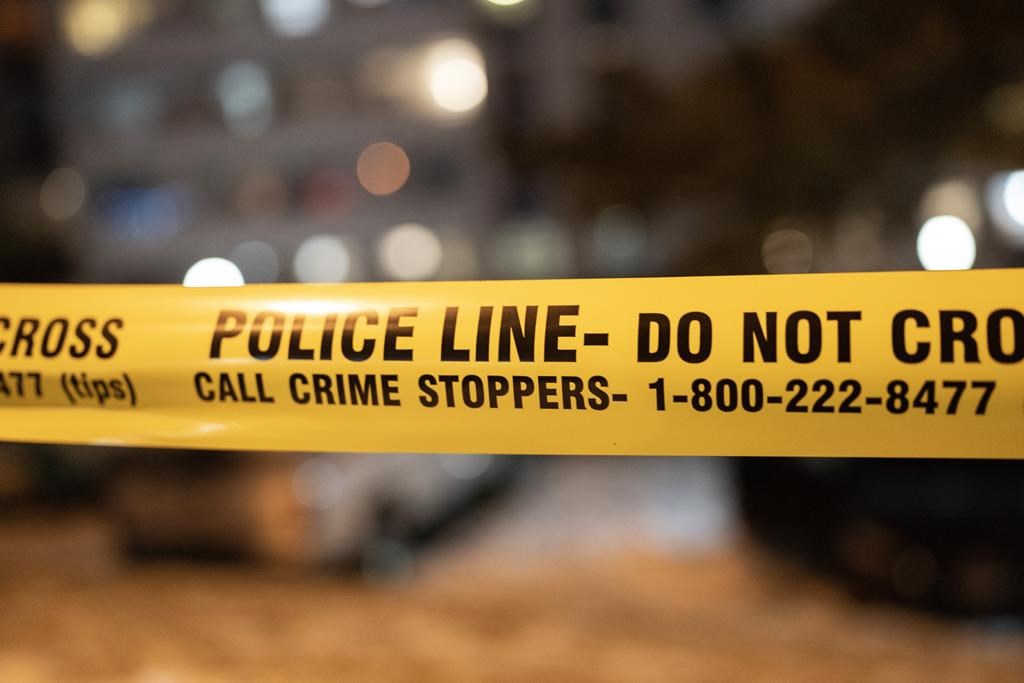
Posted Dec 30, 2023 11:00:00 AM.
Last Updated Dec 30, 2023 02:31:17 PM.
The family of a woman shot by an officer in Edmonton during a wellness check says her death was unnecessary, as the number of police shootings across Canada show little sign of relenting over the past four years.
“I see my daughter’s death as being a result of a complete mishandling of the tools available to law enforcement in the application of dealing with mental health issues,” the family of the woman, who has not been publicly identified, says in a statement from their lawyer, Tom Engel.
Edmonton police have said officers were called for a welfare check earlier this month. There were risks the woman may harm herself, so police say officers entered the apartment, there was a confrontation and the woman was shot.
Family says that had the police approach been gradual and gentle, she would have understood the nature of the visit and would still be alive.
A tally compiled by The Canadian Press found police shot at 85 people in Canada between Jan. 1 and Dec. 15 — 41 fatally. It was based on available information from police, independent investigative units and reporting from The Canadian Press.
“This is a spectacularly unrelenting phenomenon,” says Temitope Oriola, a professor of criminology at the University of Alberta and president of the Canadian Sociological Association.
This year, the number of police shootings has nearly matched the total from 2022, when 94 people were shot at, 50 fatally. It remains a significant increase from four years ago, when there were 61 shootings, 38 of which were fatal.
The resulting snapshot shows more officers firing their guns since 2020, when the high-profile murder of George Floyd in Minneapolis spurred global movements urging police accountability and transparency. Criminologists say officers need more training and restraint, while the RCMP union says police have been forced to the front lines of Canada’s mental health crisis and face increasingly dangerous situations.
“No cop that I have ever dealt with wants to go down this road,” says Brian Sauvé, president of the National Police Federation, which represents about 20,000 Mounties across Canada.
“And every one of them is impacted momentously by the fact that they’ve had to discharge their weapon.”
Officers have the right to safety, Oriola says, but police shootings in Canada have been trending upward for too many years. Oriola says he is particularly concerned about the number of shootings in Alberta.
“We should not be leading the country in terms of police shootings,” he says.
This year, Alberta saw 21 police shootings — a rate of 0.45 per 100,000 people — marking a 90 per cent increase from 2020, when there were 11.
There were 28 police shootings in Ontario — a rate of 0.18 per 100,000 people — up from 23 the year before. There were nine in Quebec.
All Atlantic Canada saw six police shootings, up from two the year before.
There were 17 shootings in British Columbia, down from 24 in 2022. Saskatchewan and Manitoba also saw decreases.
There has been at least two shootings this month that are not included in the tally. A man was killed on the Red Earth Cree Nation in Saskatchewan. A man was also injured in a shooting in Grande Prairie, Alta.
Young men continue to make up the majority of people shot by police. Race was identified in 18 cases and more than 60 per cent of those were Indigenous, Black or other people of colour.
The original 911 calls mainly involved a weapon, stolen vehicle or erratic driving. Six involved an active shooting.
In nearly 70 per cent of the police shootings, the person had a weapon. In 30 cases, it was a firearm or replica gun. In 20 cases, the person had a knife or other bladed weapon.
Sauvé says police shootings in Canada remain rare compared to many other countries, but increasingly officers are encountering people with weapons. When there are guns or knives, he says, police must respond differently.
“Sometimes it’s Justin Bourque,” Sauvé says, referring to the man who killed three Mounties in Moncton in 2014.
This year, three officers were killed in situations where they fired their weapons at someone. Another officer was shot and injured.
Sauvé says police interactions have also become more confrontational, because there’s been an increase in the “general disrespect for … anyone in authority, whether that’s a bylaw officer giving a parking ticket or whether that’s a police officer trying to defuse and de-escalate” a situation.
Due to pressures on overburdened social programs, Sauvé says officers are also being relied on to respond to mental health crises and issues with homelessness.
Six shootings started as a call about a public disturbance, five for an unwanted person and another six were wellness checks.
Officers must make split-second decisions, Sauvé says, adding the average gunfight is over in under three seconds.
Vancouver police were called to Granville Street Bridge in February because it looked as though a man, draped in a blanket, was going to kill himself.
An officer called out to the man and his demeanour changed, the Independent Investigations Office of British Columbia said in its report. The man pulled out a knife and one officer unsuccessfully used a stun gun twice, the report said. A second officer fired their gun.
The man died.
Later that month, Vancouver city council approved $2.8 million in funding for mental health services, including hiring additional mental health nurses to be teamed with police.
Sauvé says these types of partnerships are becoming increasingly important, but there isn’t funding to have them deployed across the country.
He supports additional training, access to less-than-lethal weapons and better technology for police. But, Sauvé adds, long-term solutions lie in a societal response to homelessness, addictions and health care.
Oriola says there are clear changes that could happen, but policing remains “incredibly resistant to change” even as calls for reform grow.
“We should not be having the sheer volume of shootings we currently have and certainly not the degree of fatality that we are seeing.”
This report by The Canadian Press was first published Dec. 30, 2023.
Kelly Geraldine Malone, The Canadian Press
